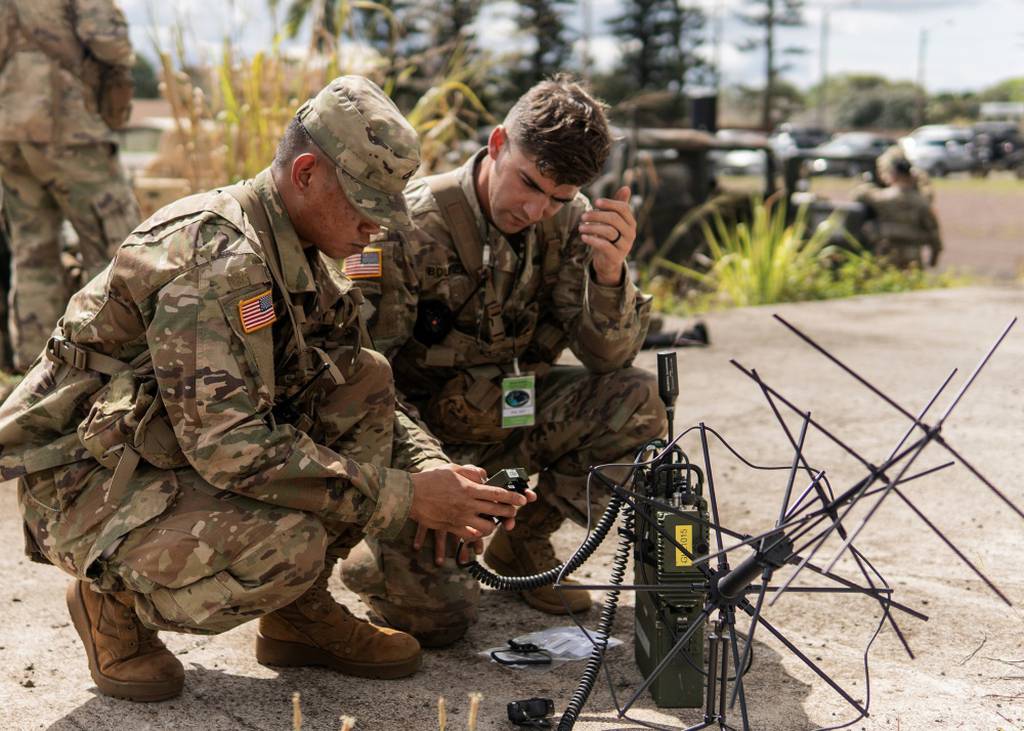The launch of the Space Force’s next Mobile User Objective System satellite will be delayed to fiscal year 2031 from FY30, C4ISRNET has learned.
The schedule change is linked to its decision to move funding toward higher priority programs and a longer-than-expected process to choose whether Boeing or Lockheed Martin will build the satellites.
“This was a fact of life change,” Space Systems Command spokesman Edgar Nava said in an April 1 email. “The projected launch date of the first MUOS satellite is expected to shift into FY31 based on the delayed contract award and service funding priorities.”
MUOS satellites provide global voice and data capabilities to military forces. The spacecraft operate in a narrowband frequency range that makes them less susceptible to bad weather or tricky terrain — variables that can impact a satellite’s performance. The range is also ideal for secure data transmission.
The Space Force has four operational MUOS satellites in orbit and one spare, all built by Lockheed Martin. Each carries two payloads — one that maintains a legacy Ultra High Frequency network and another that offers a new Wideband Code Division Multiple Access capability. The system provides 10 times the capacity of its predecessor, dubbed the UHF Follow-on system.
The Navy, which is one of the heaviest users of the satellites, oversaw the program for years before it transferred to the Space Force after the service was created in 2019.
The Space Force is crafting a long-awaited strategy for what capability will follow MUOS, but in the meantime plans to launch two more satellites to keep the constellation operational through at least 2035.
In January, the service awarded Lockheed and Boeing each a $66 million contract to design prototypes of the two spacecraft by July 2025. The Space Force had planned to choose one of the two companies by the end of FY25 to build the satellites, but that decision has been pushed to FY26.
The service’s FY25 budget includes $228 million for the effort — about $200 million less than what the Space Force projected the prior year. That funding appears to shift to later years, and the service expects to need nearly $2.5 billion for the life-extension program between FY26 and FY29.
As the Space Force develops its future narrowband communication plans, it’s considering how it might be able to integrate commercial satellites as part of that. That analysis, which began last May and is being led by the Space Warfighting Analysis Center, is expected to be finalized this year.
International allies are also helping shape requirements for the effort.
Courtney Albon is C4ISRNET’s space and emerging technology reporter. She has covered the U.S. military since 2012, with a focus on the Air Force and Space Force. She has reported on some of the Defense Department’s most significant acquisition, budget and policy challenges.








